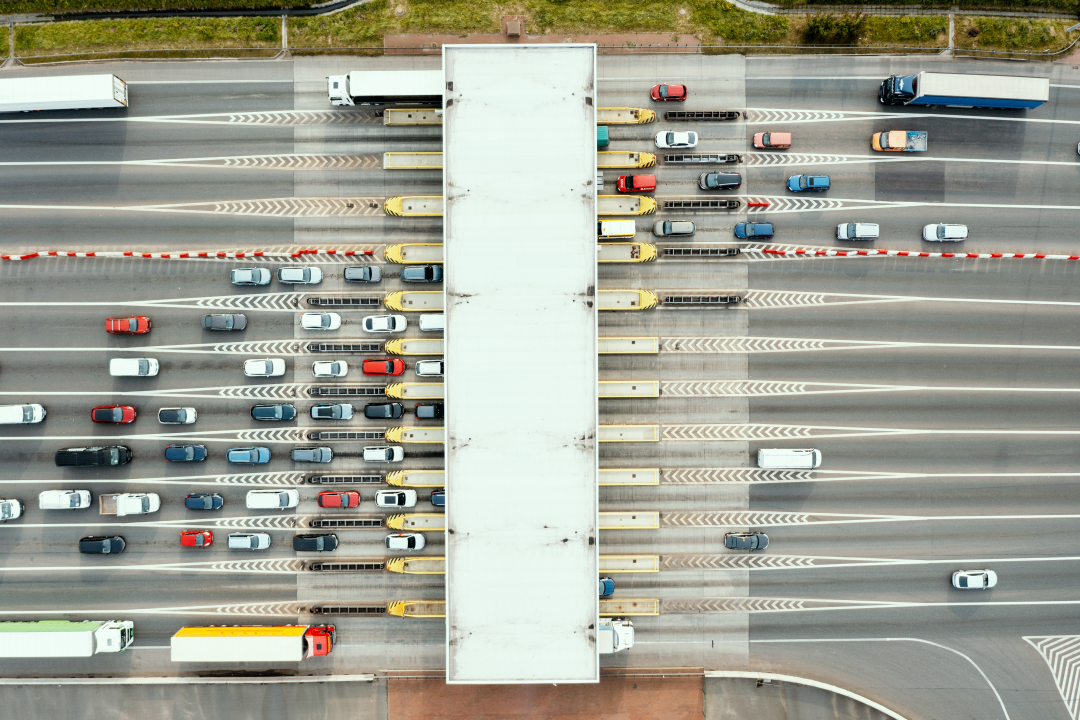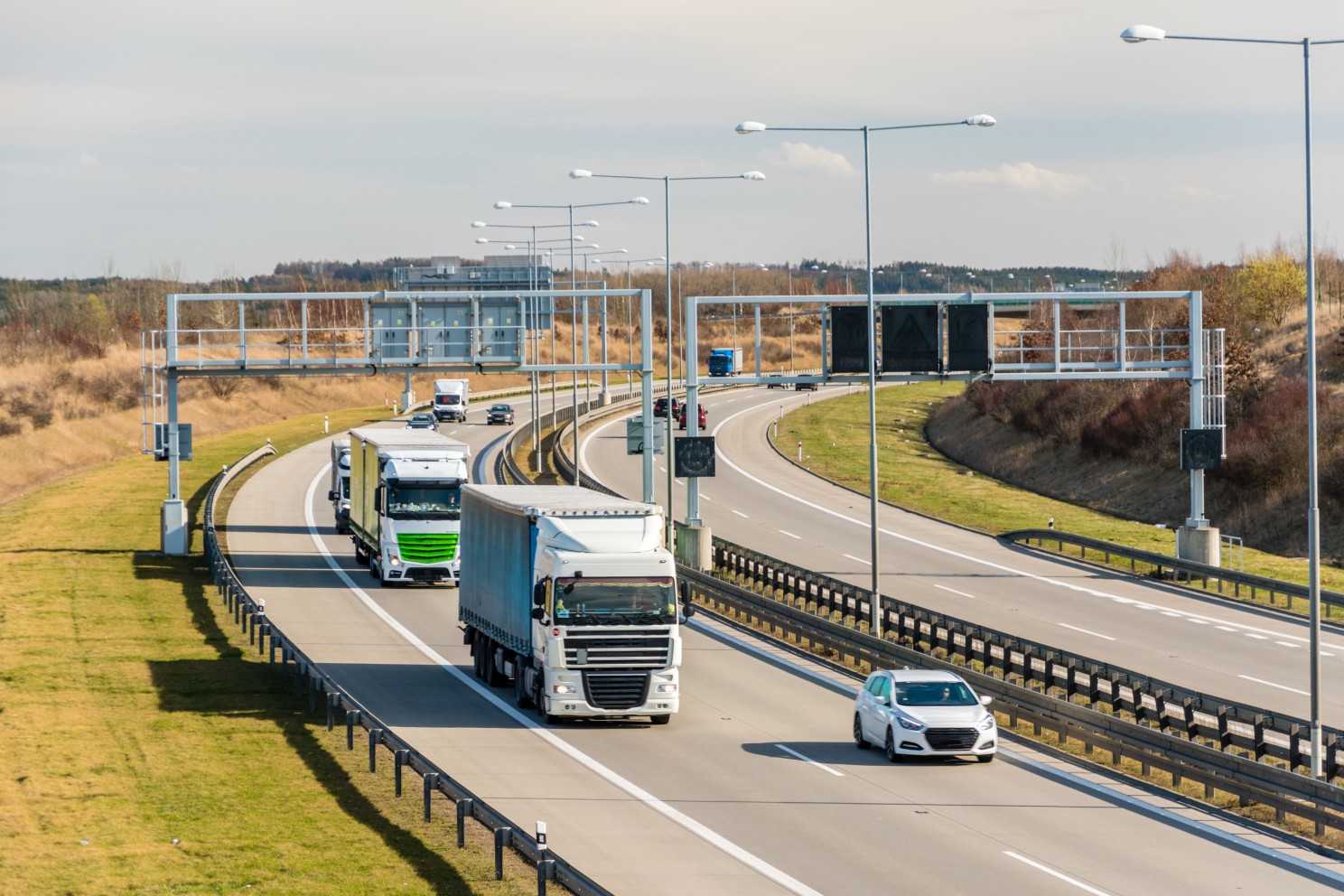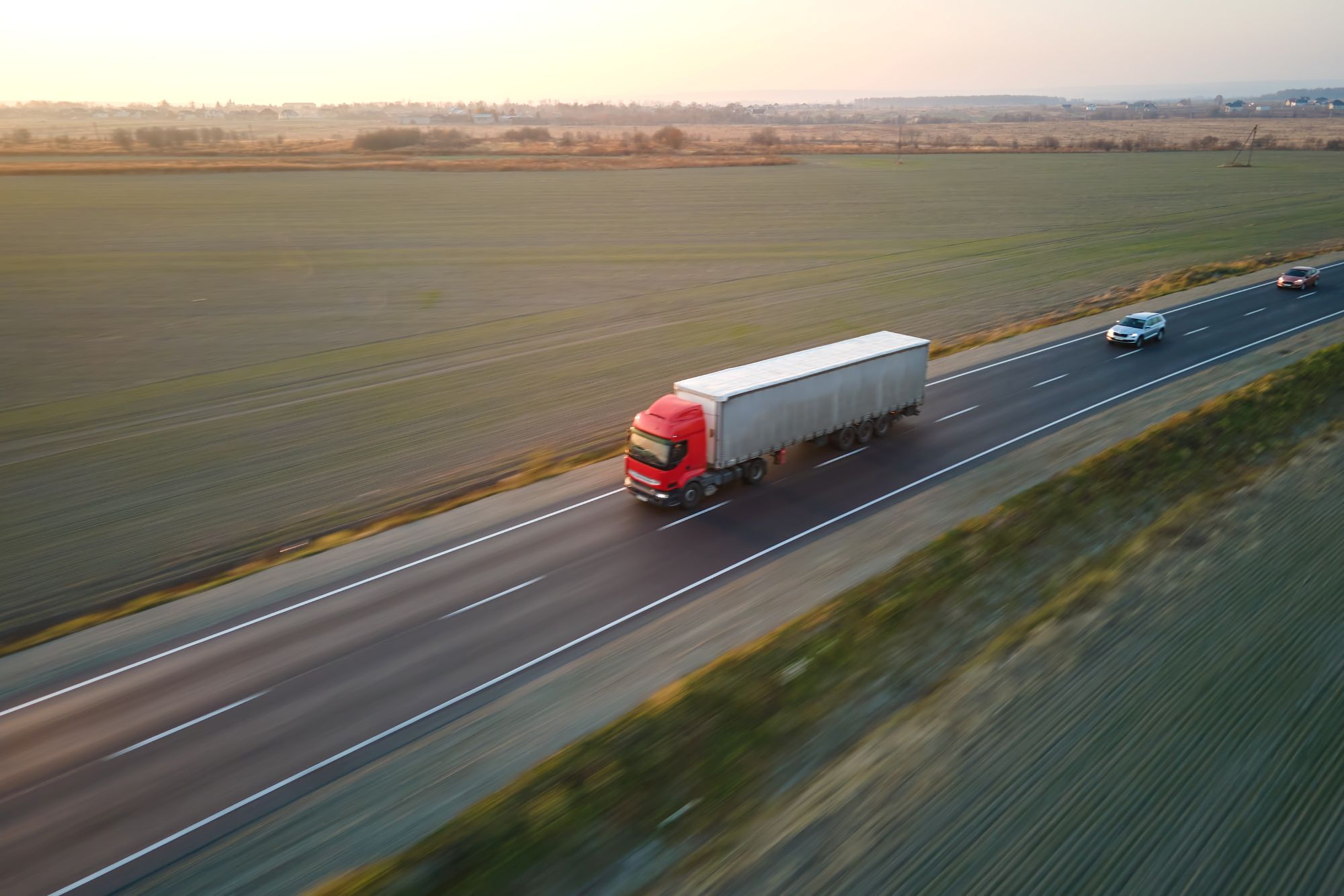
Susie Jones
Compreender as novas taxas de portagem para camiões na Alemanha
Criado: 12/08/2024
•
Atualizado: 12/08/2024
Com as alterações em curso no sistema de portagens para camiões da Alemanha, é fácil perdermo-nos nas muitas alterações e regulamentos. Quase 83% das viagens locais de camiões, que cobrem cerca de 200 quilómetros, já são feitas em estradas com portagem - o que realça o impacto que as portagens alemãs têm nas despesas da frota.
Com o aumento das taxas de portagem, estas novas alterações estão a afetar fortemente as empresas de frotas. As alterações às portagens em 2023 e 2024 resultaram do apoio do governo alemão à lei de alteração das portagens, que adopta o seguinte:
Novas taxas de portagem
A introdução de portagens relativas às emissões de CO2
Supressão da isenção de portagens para veículos a gás natural
Alargar a portagem aos veículos com um peso total autorizado superior a 3,5 toneladas.
Alterações de 1 de janeiro de 2023
As taxas de portagem aumentaram no início de 2023. Três factores foram decisivos:
Número de eixos
Classe de emissões
Peso total admissível do conjunto de veículos.
Alterações a 1 de dezembro de 2023
Em dezembro, foi introduzida a classe de emissões de CO2 como novo critério tarifário. Calculada com base numa sobretaxa de 200 euros por tonelada de emissões de CO2, esta é aplicada a todos os veículos com um peso total autorizado superior a 7,5 toneladas. Os montantes individuais da sobretaxa, para além da portagem atual, dependem da classe de emissão.
Classe 1 - Veículos pesados de mercadorias com as emissões de CO2 mais elevadas e, por conseguinte, com a sobretaxa mais elevada possível. A [TollCollect] (https://www.toll-collect.de/en/tollcollect/tchomepage.html), que cobra as portagens para camiões na Alemanha, classifica todos os veículos registados nesta classe de emissões. Os operadores de frotas devem contactá-la para solicitar uma classificação melhor, se for elegível.
Classes 2 e 3 - Ambas as classes são atribuídas ao introduzir os dados do veículo no portal TollCollect.
Classe 4 - Camiões com baixas emissões, por exemplo, veículos a gás natural.
Classe 5 - Camiões com emissões zero.
Alterações de 1 de janeiro de 2024
Em 1 de janeiro de 2024, a isenção de portagens para os veículos movidos a gás natural deixou de ser aplicável.
Alterações a 1 de julho de 2024
Serão cobradas portagens a todos os veículos com um peso total tecnicamente admissível superior a 3,5 toneladas. Existem algumas excepções a esta nova alteração:
Veículos sem emissões com um peso total tecnicamente admissível superior a 4,25 toneladas.
Veículos comerciais pesados sem emissões - Esta isenção é válida até finais de dezembro de 2025.
Veículos utilizados por empresas comerciais - Aplicável a veículos com um peso total inferior a 7,5 toneladas.

Preparar a sua frota para as alterações de julho
Antes de 1 de julho, é necessário verificar se os seus veículos estão sujeitos a portagem e, em caso afirmativo, como pretende pagar a portagem.
Verificar os seus veículos
Verificar a primeira parte do certificado de matrícula do veículo no campo F1. Se o seu veículo tiver uma massa máxima de carga tecnicamente admissível (TPMLM) superior a 3,5 toneladas, está sujeito ao pagamento de portagens. Os veículos pesados com um TPMLM de exatamente 3,5 toneladas ou menos não estão sujeitos ao pagamento de portagens.
Combinações de veículos - se o veículo trator tiver um TPMLM superior a 3,5 toneladas, está sujeito a portagem. Um conjunto com um TPMLM superior a 3,5 toneladas não estará sujeito a portagens se o veículo trator tiver um TPMLM igual ou inferior a 3,5 toneladas.
Os requisitos relativos às portagens aplicam-se aos veículos destinados ou utilizados para o transporte rodoviário de mercadorias.
As empresas comerciais estão isentas de portagens sob certas condições.
Como pagar a portagem
A forma mais conveniente de pagar é com uma unidade de bordo (OBU) - fornecida pela Toll Collect, pelos fornecedores do Serviço Eletrónico Europeu de Portagem (SEEP) ou pelos seus parceiros comerciais.
Para pagar com um OBU, é necessário registar-se na Toll Collect e marcar uma reunião de instalação - após a instalação, definir o peso como "<7,5 toneladas". Com um OBU, a cobrança automática ocorrerá nas auto-estradas e estradas federais a partir de 1 de julho de 2024.
Em alternativa, pode pagar a portagem no [sítio Web] (https://www.toll-collect.de/en/tollcollect/tchomepage.html) ou através da [aplicação] (https://apps.apple.com/gb/app/toll-collect-mauteinbuchung/id1321965602) da Toll Collect antes de iniciar a viagem.
O meu veículo comercial está isento das novas taxas de portagem alemãs?
Para poder beneficiar da isenção para artesãos, é necessário preencher as seguintes condições
Apenas os empregados da empresa podem conduzir o veículo.
Os materiais, equipamentos ou máquinas transportados devem ser necessários para a execução dos serviços e trabalhos da atividade comercial.
Os produtos artesanais transportados devem ser produzidos, transformados ou reparados na atividade do comerciante.
Pode registar os seus veículos comerciais em linha em Toll Collect. As empresas comerciais podem obter mais informações sobre as excepções na página FAQ da Toll Collect.
Os camiões podem circular aos domingos na Alemanha?
Para reduzir o tráfego e manter as estradas seguras, os camiões comerciais são proibidos de circular durante determinadas horas. A proibição é aplicável aos domingos, o que significa que os condutores de camiões com um peso superior a 7,5 toneladas não podem circular entre as 12 e as 22 horas. Além disso, existe também uma proibição de circulação nos seguintes feriados:
Dia de Ano Novo - 1 de janeiro
Sexta-feira Santa - 18 de abril
Segunda-feira de Páscoa - 21 de abril
Dia do Trabalhador - 1 de maio
Dia da Ascensão - 29 de maio
Pentecostes - 8 de junho
Dia da Unificação Alemã - 3 de outubro
Natal e Boxing Day - 25 e 26 de dezembro
Durante o principal período de férias, de 1 de julho a 31 de agosto, a proibição de circulação de camiões aplica-se aos sábados, o que significa que os condutores de camiões não estão autorizados a conduzir entre as 7 e as 20 horas, quando há uma elevada frequência de veículos nas estradas.



